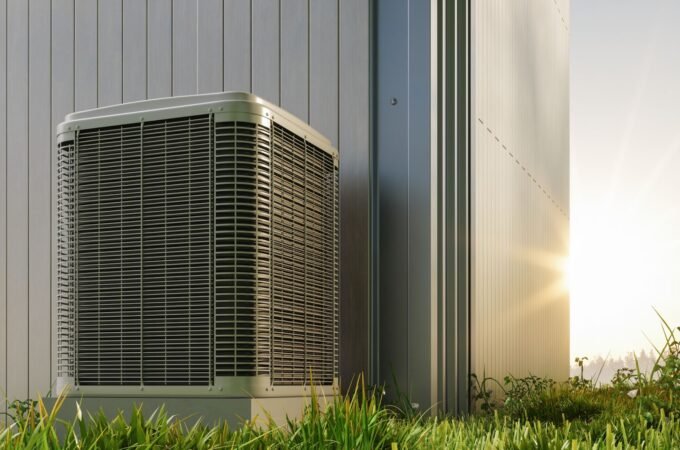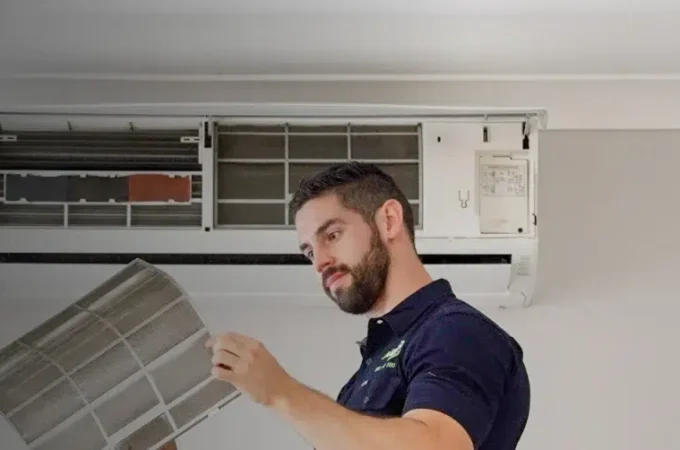
Troubleshooting Common Heat Pump Component Issues
A heat pump system is an alternate heating and cooling option for homes and buildings. Unlike traditional heating and cooling systems that generate heat or cool air, heat pumps work by transferring heat between the inside and outside of the building. This makes them more energy-efficient and eco-friendly. However, even a heat pump system that is well taken care of can run into issues from time to time, particularly with the components within the system itself. Fortunately, there are resources that can provide you with valuable advice. If you’re in need of more information, keep reading to find out how to troubleshoot common heat pump component issues.
How do you troubleshoot common heat pump component issues?
Heat pumps are an important component of any home’s heating and cooling system. Understanding the components that make up a heat pump is essential for troubleshooting common issues that may arise during its operation. One of the main heat pumps components is the system’s compressor. For those who are unaware, the compressor is responsible for compressing refrigerant gas so it can be used to transfer energy from one place to another. Problems with the compressor such as reduced airflow or inadequate pressure can cause poor efficiency.

The expansion valve controls how much refrigerant flows through different parts of the system depending on whether you’re using heating or cooling mode. A clogged filter screen or faulty temperature sensor can cause this component to malfunction resulting in inefficient performance as well as potential freeze-ups due to low levels of liquid refrigerant. You also need to think about the reversing valve, which allows a heat pump to switch between heating and cooling modes. If this part has become stuck then both heating & cooling cycles may be affected.
These are just some of the most common examples of problems that can occur with your heat pump. Although you may be tempted to try to fix these problems yourself, it is best to leave heat pump troubleshooting to HVAC professionals. Attempting to troubleshoot your heat pump without the requisite knowledge can lead to further damage and expensive repairs.
What else can you do to maintain a comfortable indoor environment?
Now that you know how to troubleshoot common heat pump component issues, let’s discuss some things you can do to support your HVAC system and maintain a comfortable indoor environment. For instance, many homeowners neglect to consider their air quality, which is a mistake. Indoor air pollution has been linked to health conditions ranging from respiratory infections to coronary artery disease to emphysema. You can protect your indoor air quality by using a vacuum with a HEPA filter and purchasing a high-quality air purifier.
If you want more precise control over your home’s indoor temperature, then you should invest in a smart thermostat. They can be programmed to automatically adjust the temperature based on your schedule and preferences, which can reduce your energy usage and save money. Additionally, a smart thermostat can provide you with valuable insights into your energy habits. They can track how much energy you use and when, so you can see where you might be able to make changes to optimize your energy usage to be as eco-friendly as possible.

As you can see, troubleshooting common heat pump component issues is a necessary task as it helps identify and resolve any issues that could potentially lead to a system breakdown. It is crucial to prioritize heat pump maintenance and repair in order to ensure the efficient, reliable, and safe operation of your home’s HVAC system. You can further ensure you’re comfortable at home by taking steps like protecting your home’s indoor air quality and installing a smart thermostat. Follow these tips and you’ll be able to create a cozy home environment where everyone can relax and unwind.




